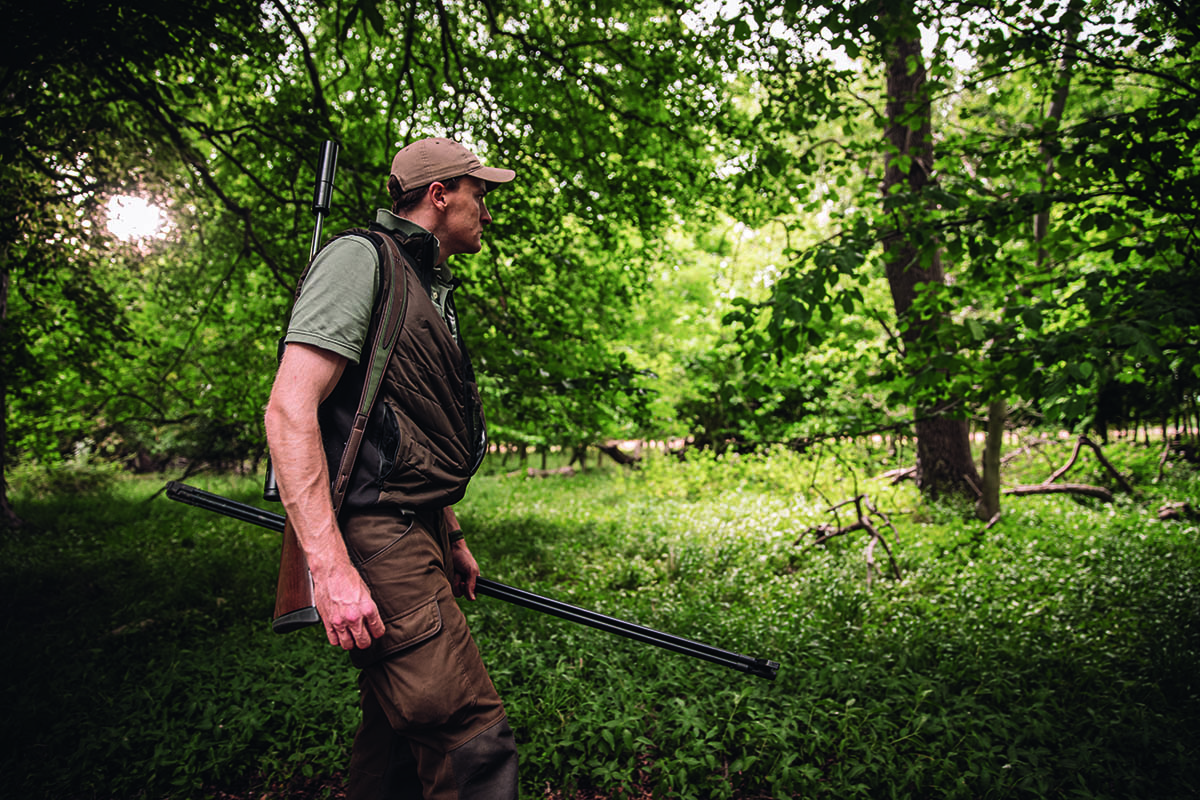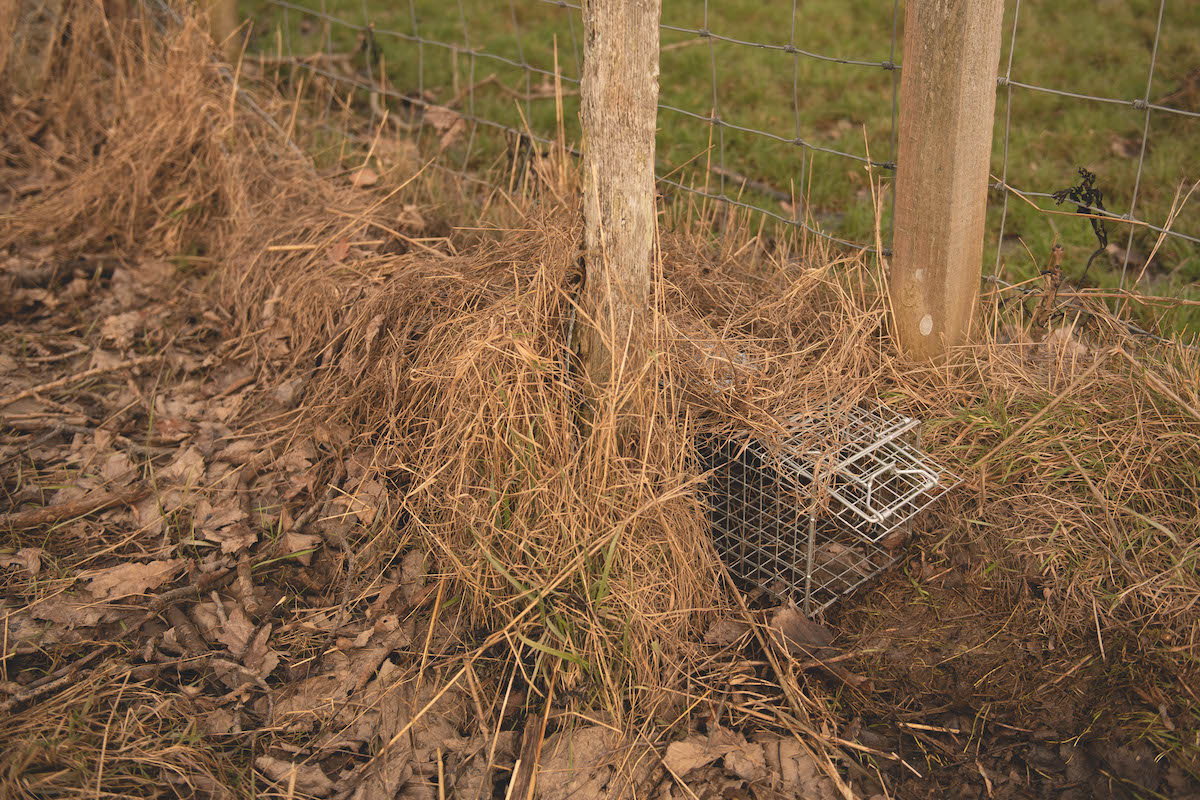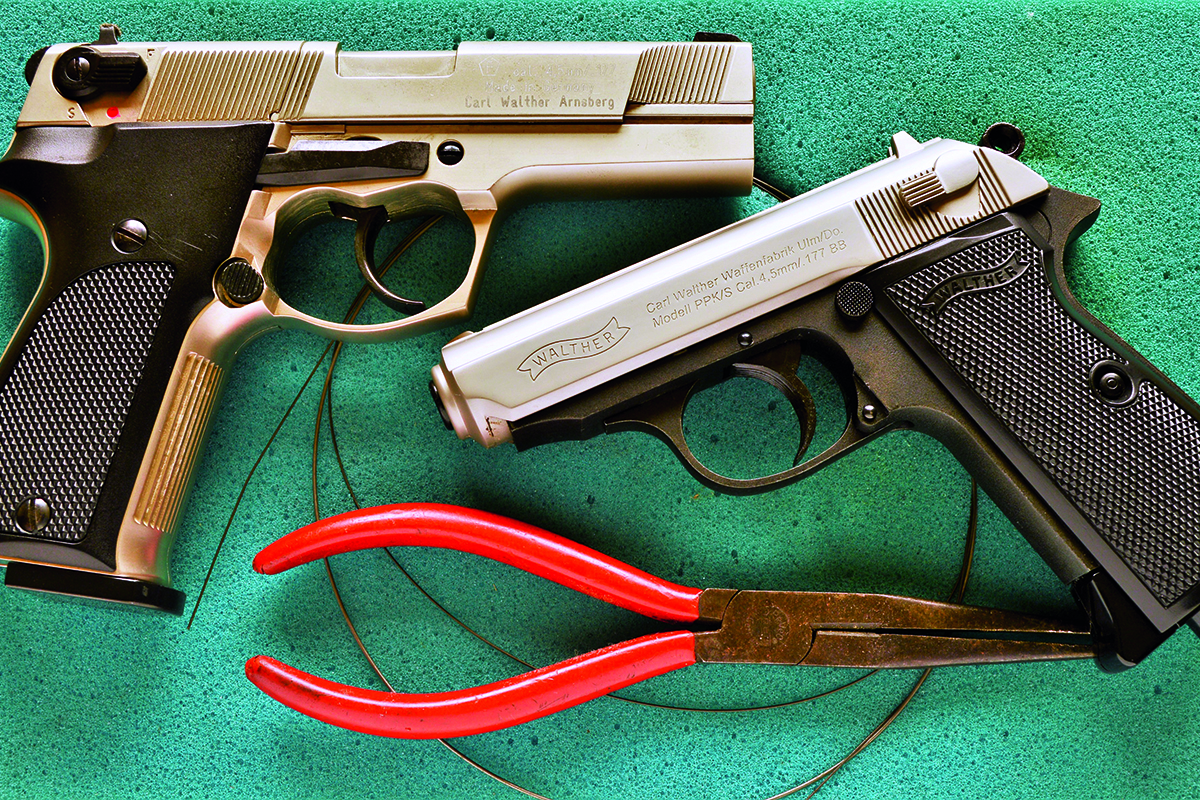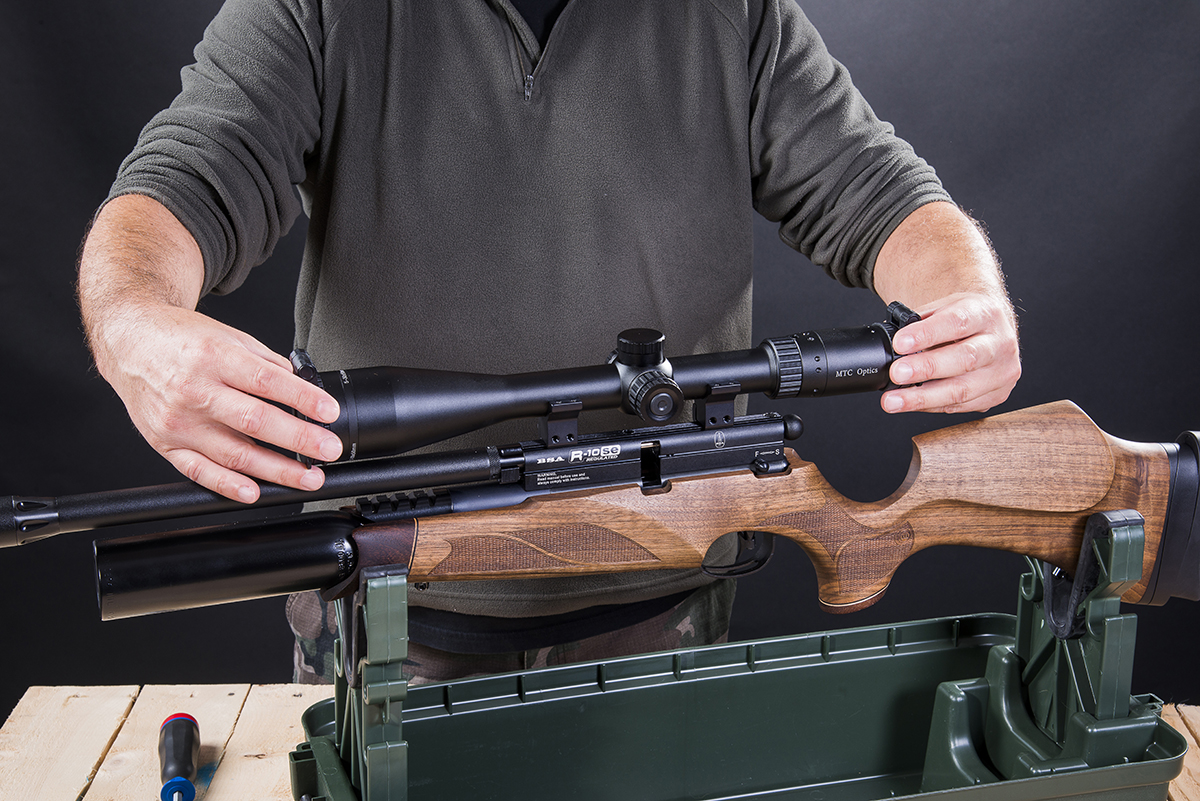Misfires and how to deal with them

Rifle over his shoulder and shooting sticks in hand, Jamie sets off down the track in search of deer
Q: What should I do when my .22 rifle misfires and what do I do with the cartridges that won’t go off?
A: If you get a significant number of misfires, it’s worth getting a gunsmith to look at your rifle. It may need a new mainspring or it may not like a brand of ammunition, perhaps because the cartridge cases are harder. As modern cartridges are made to very tight manufacturing standards, misfires are likely caused by mechanical problems in the rifle, such as a weak strike. If you experience a misfire, point the muzzle in a safe direction, wait a short while — most manufacturers say 30 seconds — move your face away from the breech and unload it. Inspection of the cartridge may yield some information as to why it failed to fire — a poor striker mark indicates a weak spring. A struck but unfired cartridge can be safely dismantled by gripping the bullet in a pair of pliers and twisting it to one side until it comes out of the case. The components can be disposed of.
Read what to do when a cartridge misfires.
Inertia misfires
Q: Recently my over-under Sporter started failing to fire the second barrel. My gunsmith fixed it quickly, and said the problem was something to do with inertia. Can you explain?
A: The majority of single-trigger over-under guns switch to the second barrel by what’s known as an inertia switch. This consists of a small weight mounted on the end of a vertical lever. As the gun moves rapidly backwards rapidly on recoil, the weight tends to stay still, therefore moving the lever in relation to the rest of the gun.
After recoil, a light spring returns it to its original position. It is the movement of this lever that switches the trigger to the second barrel. If the fine spring that regulates the lever is too stiff then the lever won’t move enough, and so you get no second shot. The usual cure is to regulate the spring so that it exerts just enough pressure on the lever.
This, I believe, is what was done when your gun was fixed. However, there can be other factors. For instance, a lot of sticky oil in the mechanism can cause insufficient lever movement, and the answer in that case can be nothing more complicated than a squirt of WD40 to wash out the oil.
The problem can also be caused by a shooter changing to lighter ammunition which generates less recoil, and spring regulation is, again, usually the answer.








